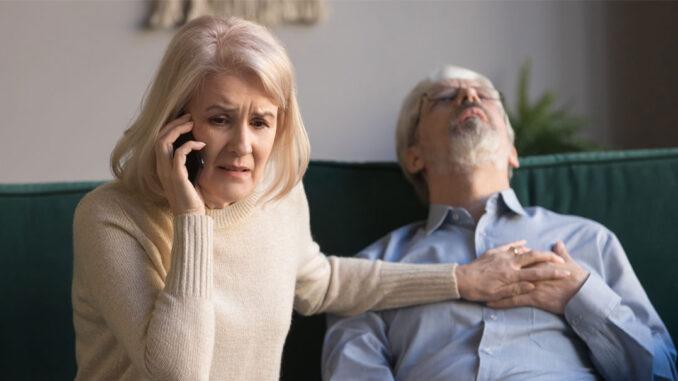
Last Updated on by lizzy
A stroke is a medical emergency that occurs when blood flow to the brain is disrupted, leading to damage to brain cells and potential long-term disabilities. According to global statistics. It is a leading cause of death and disability worldwide. In this article, we will delve into the details of strokes, including their causes, symptoms, impact, prevention strategies, and recovery options.

What is a stroke?
A stroke, also known as a cerebrovascular accident (CVA), is a sudden disruption of blood supply to the brain, depriving brain cells of oxygen and nutrients. This can occur due to a blockage in a blood vessel (ischemic stroke) or bleeding from a ruptured blood vessel (hemorrhagic stroke).
Types of stroke
Ischemic stroke
This type occurs when a blood clot or plaque buildup obstructs a blood vessel, reducing blood flow to the brain.
Hemorrhagic stroke
A hemorrhagic stroke happens when a blood vessel ruptures, causing bleeding in or around the brain.
Causes and risk factors of stroke
Several factors contribute to the development of stroke. These include:
Hypertension
High blood pressure is a significant risk factor as it puts excessive strain on blood vessels, making them more susceptible to damage and rupture.
Diabetes
Uncontrolled diabetes increases the risk of stroke due to its adverse effects on blood vessels and overall cardiovascular health.
Smoking
Tobacco smoke contains harmful chemicals that damage blood vessels and increase the likelihood of clot formation.
Age and gender
The risk increases with age, and men tend to have a slightly higher incidence of stroke compared to women.
Warning signs and symptoms of Stroke
Here are the key warning signs and symptoms:
Sudden onset of facial drooping
One side of the face may become weak or droop suddenly. A person experiencing a stroke may have difficulty smiling or their smile may appear uneven.
Arm weakness or numbness
It may cause sudden weakness or numbness in one arm or leg. The affected limb may become difficult to move or feel heavy.
Speech difficulties
Slurred speech, difficulty finding words, or an inability to speak coherently can indicate a stroke. The person may struggle to communicate or understand what others are saying.
Sudden confusion or trouble understanding
Stroke can lead to confusion, disorientation, and difficulty comprehending spoken or written language. The person may have trouble understanding simple instructions or questions.
Severe headache
A sudden, severe headache that is different from usual headaches could be a warning sign of a stroke. It may be accompanied by dizziness, vomiting, or altered consciousness.
Trouble with balance and coordination
Can affect balance and coordination, leading to difficulty walking, stumbling, or experiencing a loss of coordination.
FAST acronym
It is important to remember the acronym FAST to help recognize the signs of a stroke and take immediate action:
F – Face: Ask the person to smile. Does one side of their face droop?
A – Arms: Ask the person to raise both arms. Does one arm drift downward?
S – Speech: Ask the person to repeat a simple phrase. Is their speech slurred or strange?
T – Time: If any of these signs are present, it is crucial to call emergency services immediately. Time is of the essence in treatment.
How stroke is diagnosed
To diagnose , healthcare professionals employ various methods, including:
- Physical examination: A thorough assessment of the patient’s symptoms, medical history, and neurological evaluation.
- Imaging tests: Imaging techniques such as computed tomography (CT) scans or magnetic resonance imaging (MRI) help visualize the brain, identify any abnormalities, and determine the type of stroke.
- Blood tests: Blood tests may be conducted to evaluate clotting factors, cholesterol levels, and other indicators of cardiovascular health.
The Impact of Stroke
Immediate effects
It can have immediate and life-altering consequences, including:
- Loss of brain function: Depending on the area of the brain affected, a stroke can lead to paralysis, weakness, or sensory impairments.
- Physical impairments: Strokes can cause difficulties with balance, coordination, and fine motor skills.
- Communication difficulties: Speech and language impairments, known as aphasia, can occur as a result of stroke, affecting the ability to communicate effectively.
Long-term consequences
The effects of stroke can extend beyond the immediate aftermath and have long-lasting implications:
- Disability and rehabilitation: Many Survivors require ongoing rehabilitation to regain lost function and adapt to their new abilities.
- Emotional and psychological impact: Survivors may experience depression, anxiety, or changes in personality and behavior as they navigate the challenges of recovery.
- Lifestyle changes and adjustments: Strokes often necessitate lifestyle modifications, such as dietary changes, medication management, and reducing risk factors to prevent future strokes.
Preventing Stroke
Modifiable risk factors
Taking proactive steps to address modifiable risk factors can significantly reduce the risk:
- Blood pressure management: Regular monitoring and control of blood pressure levels through lifestyle changes and prescribed medications.
- Healthy diet and weight management: Emphasizing a diet rich in fruits, vegetables, whole grains, lean proteins, and limiting salt and saturated fat intake. Maintaining a healthy weight is also crucial.
- Regular physical activity: Engaging in regular exercise helps maintain cardiovascular health, improves blood flow, and reduces the risk of stroke.
- Smoking cessation: Quitting smoking or avoiding tobacco products altogether can have a substantial positive impact on overall health and stroke risk reduction.
Medical interventions
Medical interventions may be necessary to manage specific risk factors or conditions :
- Anticoagulant and antiplatelet medications: These medications help prevent blood clots and reduce the risk of ischemic strokes.
- Surgical procedures: In some cases, surgical interventions such as carotid endarterectomy or coiling may be recommended to address underlying vascular issues and prevent future strokes.
- Rehabilitation and support services: Following a stroke, rehabilitation programs, including physical, occupational, and speech therapy, can aid in recovery and improve overall function.
Stroke Recovery and Rehabilitation
Acute treatment options
- Thrombolytic therapy: Time-sensitive treatment involving the administration of clot-busting medications to dissolve blood clots in ischemic strokes.
- Mechanical thrombectomy: A minimally invasive procedure used to remove large clots from blocked blood vessels, restoring blood flow to the brain.
Post-stroke rehabilitation
- Physical therapy: Targeted exercises and interventions to improve strength, coordination, and mobility.
- Occupational therapy: Helping survivors regain independence in activities of daily living, such as dressing, eating, and grooming.
- Speech therapy: Assisting individuals with aphasia or speech difficulties to regain or improve communication skills.
Supportive care and lifestyle adjustments
- Assistive devices and mobility aids: Depending on the severity of impairments, the use of mobility aids or assistive devices can facilitate independence and mobility.
- Emotional support and counseling: Survivors and their families may benefit from counseling services to address emotional challenges and navigate the psychological impact of stroke.
- Support groups and community resources: Connecting with support groups or community organizations can provide a sense of community, shared experiences, and valuable information for survivors and their caregivers.
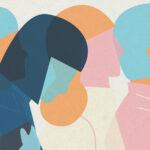
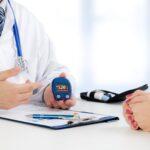

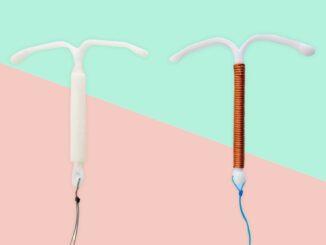
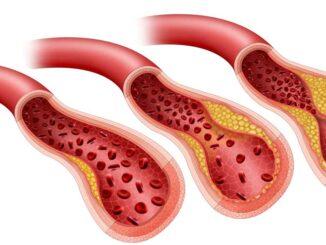
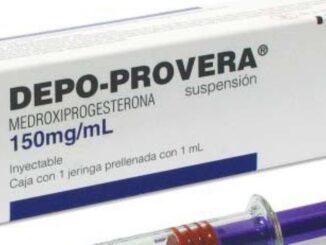
Leave a Reply